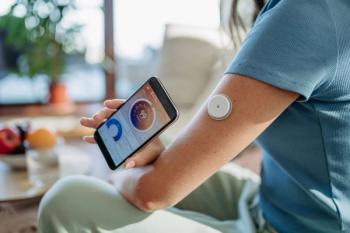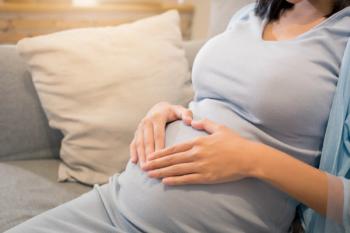
Intrauterine Pregnancy More Likely With Malpositioned IUDs
Incorrectly positioned intrauterine devices (IUDs) make intrauterine pregnancy (IUP) more likely, with more than half of IUDs identified during the first trimester of pregnancy malpositioned, according to a study published online Feb. 24 in the American Journal of Obstetrics & Gynecology.
MONDAY, April 11 (HealthDay News) -- Incorrectly positioned intrauterine devices (IUDs) make intrauterine pregnancy (IUP) more likely, with more than half of IUDs identified during the first trimester of pregnancy malpositioned, according to a study published online Feb. 24 in the American Journal of Obstetrics & Gynecology.
Elysia Moschos, M.D., and Diane M. Twickler, M.D., from the University of Texas Southwestern Medical Center in Dallas, examined ultrasound findings, clinical symptoms, and outcomes of first-trimester pregnancies in 42 women with IUDs. Participants had a history of IUD placement and a positive serum human chorionic gonadotropin test in the first trimester. Ultrasound images and reports for identification and location of pregnancy and position of IUD were evaluated.
The investigators visualized 36 IUDs, 15 of which were positioned normally, and 21 malpositioned. A total of 31 IUPs were identified as well as three ectopic pregnancies, and eight pregnancies of unknown location. In the 31 IUPs, eight IUDs were in the endometrium, 17 were malpositioned, and six were not seen. Pregnancy indications included bleeding, pain, and missing strings, but 11 women had no symptoms. Of the 26 IUPs with known pregnancy outcomes, 20 delivered at term and six failed at 20 weeks or earlier.
"We present a recent, large series of patients with serum or ultrasound evidence of pregnancy and history of IUD placement and found that more than half of the IUDs identified in the first trimester were malpositioned," the authors write.
Related Content
Newsletter
Get the latest clinical updates, case studies, and expert commentary in obstetric and gynecologic care. Sign up now to stay informed.










